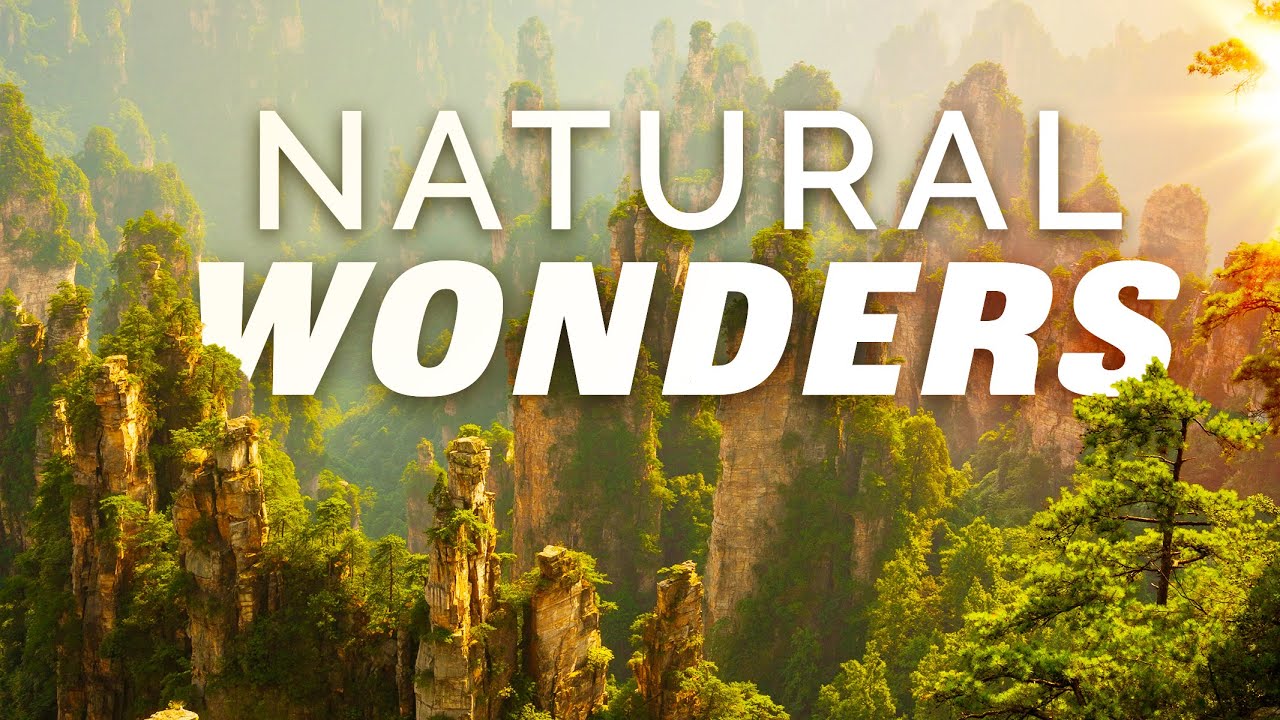
Top Ten Things – The world is filled with breathtaking natural wonders that showcase the beauty and power of our planet. However, many of these remarkable sites face growing threats from climate change, pollution, and human activity. Scientists and conservationists are sounding the alarm, urging travelers to experience these treasures responsibly before they vanish or change forever. From melting glaciers to endangered coral reefs, the following ten locations remind us why protecting nature is more important than ever.
“Read More: Digital Classrooms Take Flight: How AI Technology is Remaking Education Systems”
Once a vibrant underwater paradise, the Great Barrier Reef is now at risk due to coral bleaching caused by rising sea temperatures. This UNESCO World Heritage site stretches over 2,300 kilometers and hosts thousands of marine species. Conservation groups are working tirelessly to restore damaged areas, but the future remains uncertain. Visitors are encouraged to practice eco-friendly tourism and support reef-safe initiatives to help preserve this iconic ecosystem.
Known as the lungs of the Earth, the Amazon Rainforest plays a vital role in regulating global oxygen and carbon levels. However, deforestation driven by agriculture and mining has destroyed millions of hectares. This massive forest is home to countless species, many still undiscovered. International organizations are pushing for stronger environmental protection laws to ensure the Amazon continues to thrive for future generations.
“Read About: Top 10 Hybrid Cars Revolutionizing Fuel Efficiency”
The Arctic is warming nearly four times faster than the rest of the planet. Its vast ice fields are melting at record speeds, threatening polar bears, seals, and other wildlife that depend on frozen habitats. Scientists warn that if global warming continues, sea levels could rise significantly. While researchers study ways to reduce emissions, travelers are reminded to minimize their carbon footprints when exploring this fragile region.
Mount Kilimanjaro’s snow-capped peak is one of Africa’s most iconic images, but its glaciers are disappearing rapidly. Studies show that the ice cover has shrunk by more than 80 percent over the last century. This mountain not only attracts climbers from around the world but also serves as a vital water source for surrounding communities. Efforts are underway to preserve the mountain’s delicate ecosystem before its white summit becomes only a memory.
The Dead Sea, famous for its buoyant waters and mineral-rich mud, is shrinking at an alarming rate. Experts attribute this to water diversion from the Jordan River and regional droughts. Every year, the shoreline recedes further, creating dangerous sinkholes. Regional cooperation and sustainable water management are crucial to saving this natural wonder that has fascinated travelers for centuries.
Madagascar’s unique rainforests are a biodiversity hotspot, hosting species found nowhere else on Earth. Unfortunately, illegal logging and slash-and-burn agriculture are devastating these habitats. Lemurs, chameleons, and countless insects face extinction if deforestation continues unchecked. Conservation groups are focusing on community-based programs that combine education, reforestation, and sustainable farming to protect Madagascar’s natural legacy.
The Galápagos Islands inspired Charles Darwin’s theory of evolution and remain one of the world’s most important ecological treasures. However, rising tourism and invasive species are threatening its delicate balance. Authorities have implemented strict visitor limits and regulations to protect its unique wildlife, from giant tortoises to blue-footed boobies. Responsible tourism remains the key to maintaining this natural laboratory of life.
The Himalayas are not only home to Mount Everest but also a crucial freshwater source for millions of people. Yet, these majestic peaks are facing increased glacial melt due to climate change. Landslides and unpredictable weather have become more frequent, endangering both local communities and adventurous travelers. Sustainable tourism and regional cooperation are essential to protect this mountain range’s natural and cultural heritage.
The Sundarbans is the largest mangrove forest in the world and a UNESCO World Heritage site. It provides critical protection against coastal erosion and supports endangered species like the Bengal tiger. However, rising sea levels and illegal deforestation threaten its survival. Both countries are working on cross-border conservation programs to safeguard this ecosystem that acts as a natural shield against climate disasters.
The Colorado River is a lifeline for millions of people across the southwestern United States, providing water to cities and farms. Yet, overuse and prolonged drought have drastically reduced its flow. The once-powerful river now struggles to reach the sea. Efforts are being made to improve water conservation and restore parts of the ecosystem. Its story serves as a warning of what happens when natural resources are pushed to their limits.